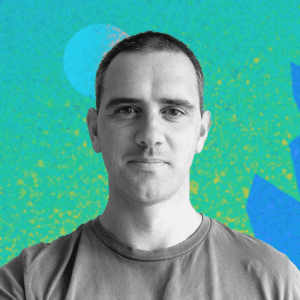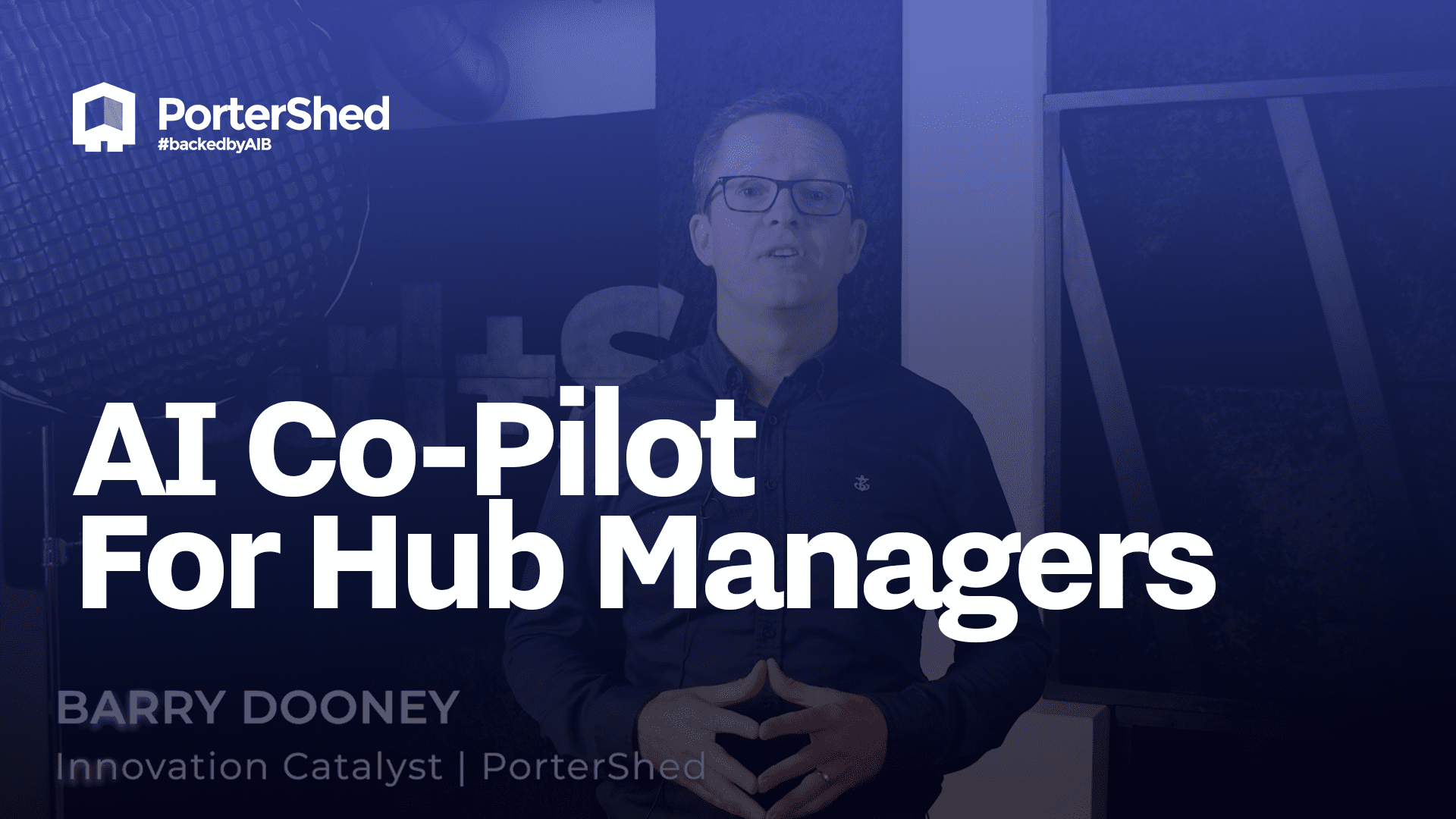Rob O’Shaughnessy is co-founder and Chief Technical Officer of Metadomo, a company that helps onboard brands to web3 through collectible memberships, loyalty, and rewards with super powers. Essentially they’re building a loyalty program with blockchain benefits. Brands can engage superfans and those fans get a membership in their favourite companies that grows with engagement and can be traded at a higher value later.
And that’s just one example – the possibilities, as Rob explains, are pretty much limitless. It is certainly intriguing, and for many, exciting. So, what are the challenges that need to be overcome before web3 interactions become commonplace? For Rob, in order to look to the future, we would do well with a backwards glance.
“I’m old enough to remember when people were afraid to put their credit card information onto a website when they were buying anything online. Online financial security has come a long way over the years.”
“With cryptocurrency and NFT wallets, we’re at the early stage where users are still afraid, not unlike the early days of the web, and it definitely has strides to improve. I have faith in the same way that I watched us move from being afraid to share the three digits on the back of our card, all the way to where we are now: I can buy something instantly on Instagram. [The security] is a surmountable problem…and I’m going to work on my part of web3 with Metadomo.”
Rob knows a thing or two about setting up companies – he was once CEO and founder of Reverbeo which he sold to Acolad. He’s familiar with what it takes to wade through start-up land. Having been involved in web2 for a number of years, he figured out quite quickly how to traverse the landscape when it was still in its relative infancy. Today, he’s back charting unfamiliar territory with Metadomo, and he’s thrilled about the potential that it offers – particularly one part of it.
“I’m excited about the experimentation happening and the potential of web3 – and as a sideline, the metaverse and what that means on an economic, intellectual, and societal level. The biggest thing that’s of interest to me is the idea of the democratization of ownership. With NFTs, cryptocurrency and open ledger (database), you can take a stake in things that you could not have taken a share in before.

“One example of creator economy membership is an artist producing work – you can support them financially and your investment grows if they grow; sort of patron-meets-investor-meets-superfan. Another example is your favourite Youtuber – if you really love watching a particular creator and you think ‘this person’s really going to blow up, I believe in him and I want to invest’ You can do that via web3 memberships and NFTs. Their brand can grow, and you can be rewarded for your support of that person. It really opens up the creator economy.”
In many ways, it’s like a traditional shareholding but the blockchain offers the ability to do it at a micro scale across many projects.
In the future world painted by Rob, you could buy an NFT from your favourite clothing brand and this would give you a micro share in the company that could increase if the company performs well. In turn, you could sell that NFT on if you wanted to cash in, or you could keep it. At the same time, the NFT would give you access to ‘exclusive’ perks such as real-world rewards like discounts or early access, special events or merchandise – like a limited edition hoodie.
To be reductive – or plain – it’s effectively a new way to invest in companies, while identifying yourself with certain brands.
“It’s a way for you to take more than just the physical ownership of what you own, giving you a fractional ownership in the company. And from the company’s perspective, they get to really engage with people who get their brand and build a community,” the Metadomo CTO said.
Getting back to the creator economy – it does seem like the creative, imaginative, artistic side of the web3 world is one part that a lot of people ought to relate to. It’s interpretive, eye-catching, and can be linked back to the artist. These days, authenticity and pride can be found lacking in the world of content creation, so there is a lot to be said for what web3 is doing for artists – it’s a whole new realm.
“In a nutshell, though, 3D creators, artists, I think now is a new opportunity for them to get rewarded for their work. For example, if you take a photo [that’s also an NFT] that gets used, you get paid for that, and if it gets re-used, there could be a royalty that gets pushed along so you get paid again.”
Right now, web3 is certainly in its infancy – and there is undoubtedly a lot of scepticism around it as a result. Speaking with Rob, though, it’s just as easy to think about the future use-cases NFTs and reward wallets could bring. It would be wise not to dive into the world of web3 unprepared, but we shouldn’t restrict its Wild West nature too much, either. After all, when you start putting limits on innovation, it sort of loses its exciting edge
By Trevor Murray


Content Marketing Specialist at the PorterShed
Email: trevor@portershed.com | LinkedIn | Twitter


